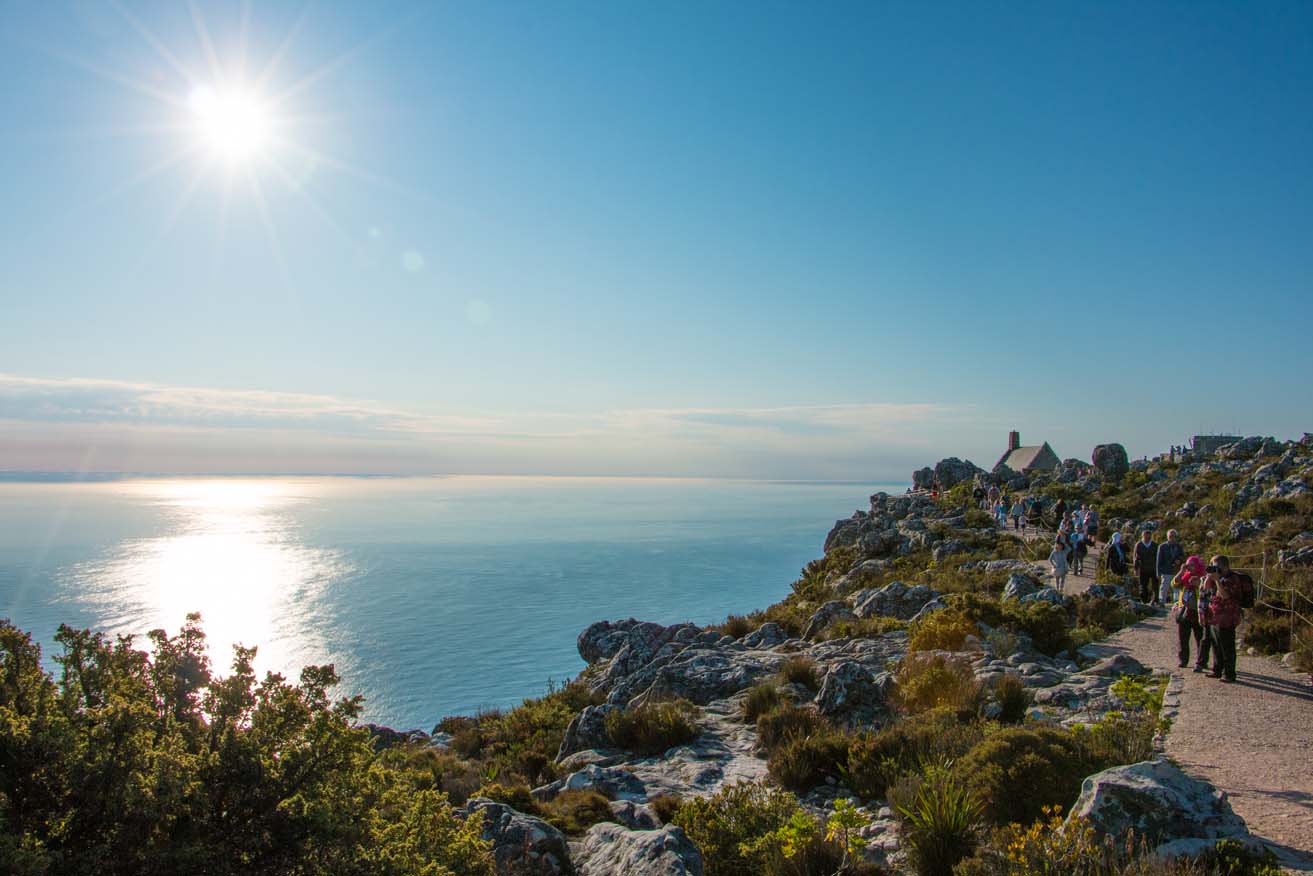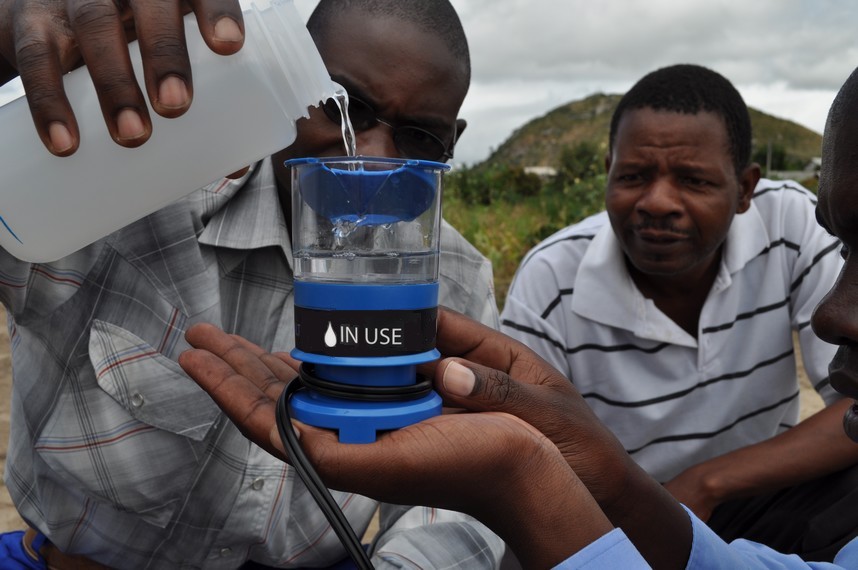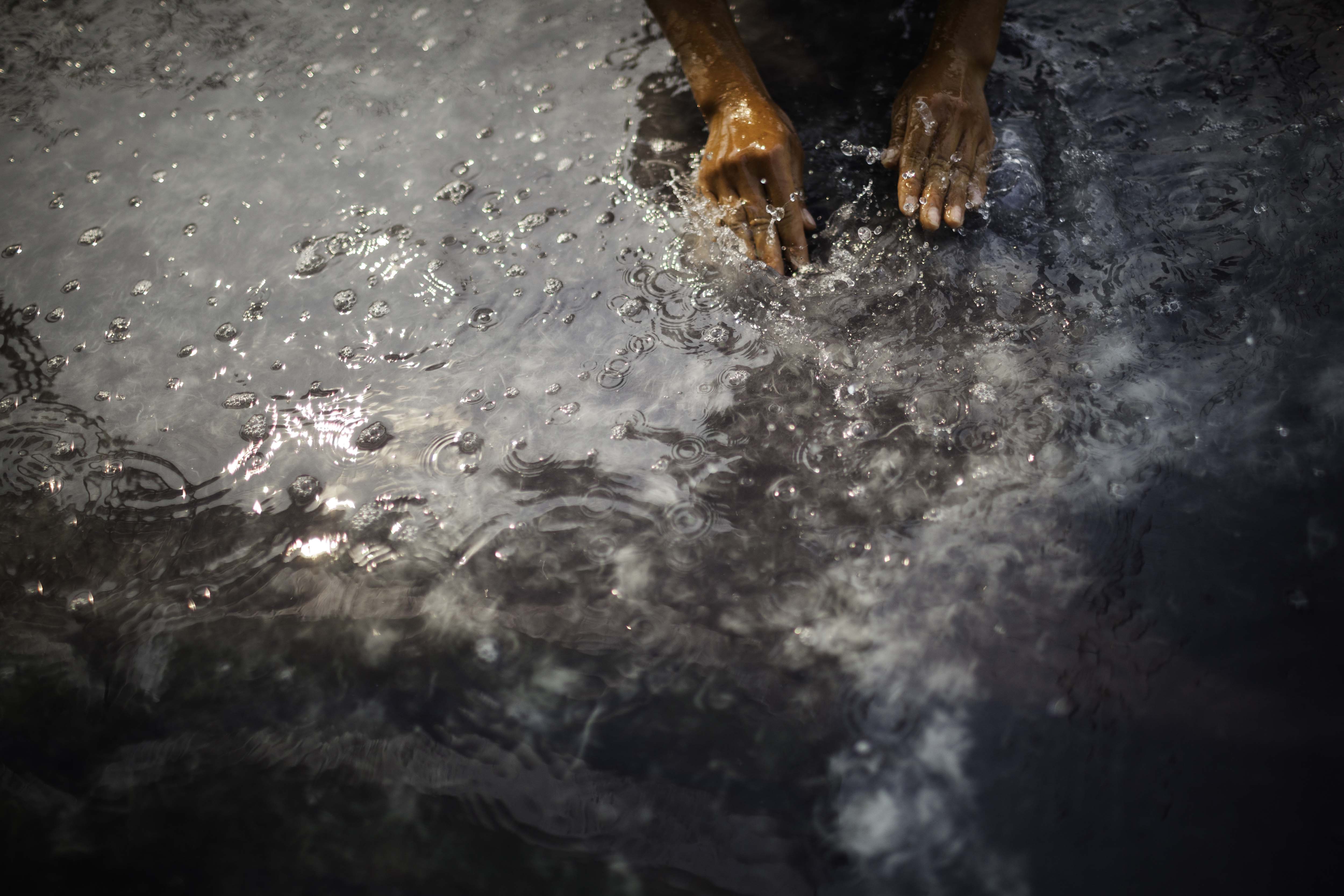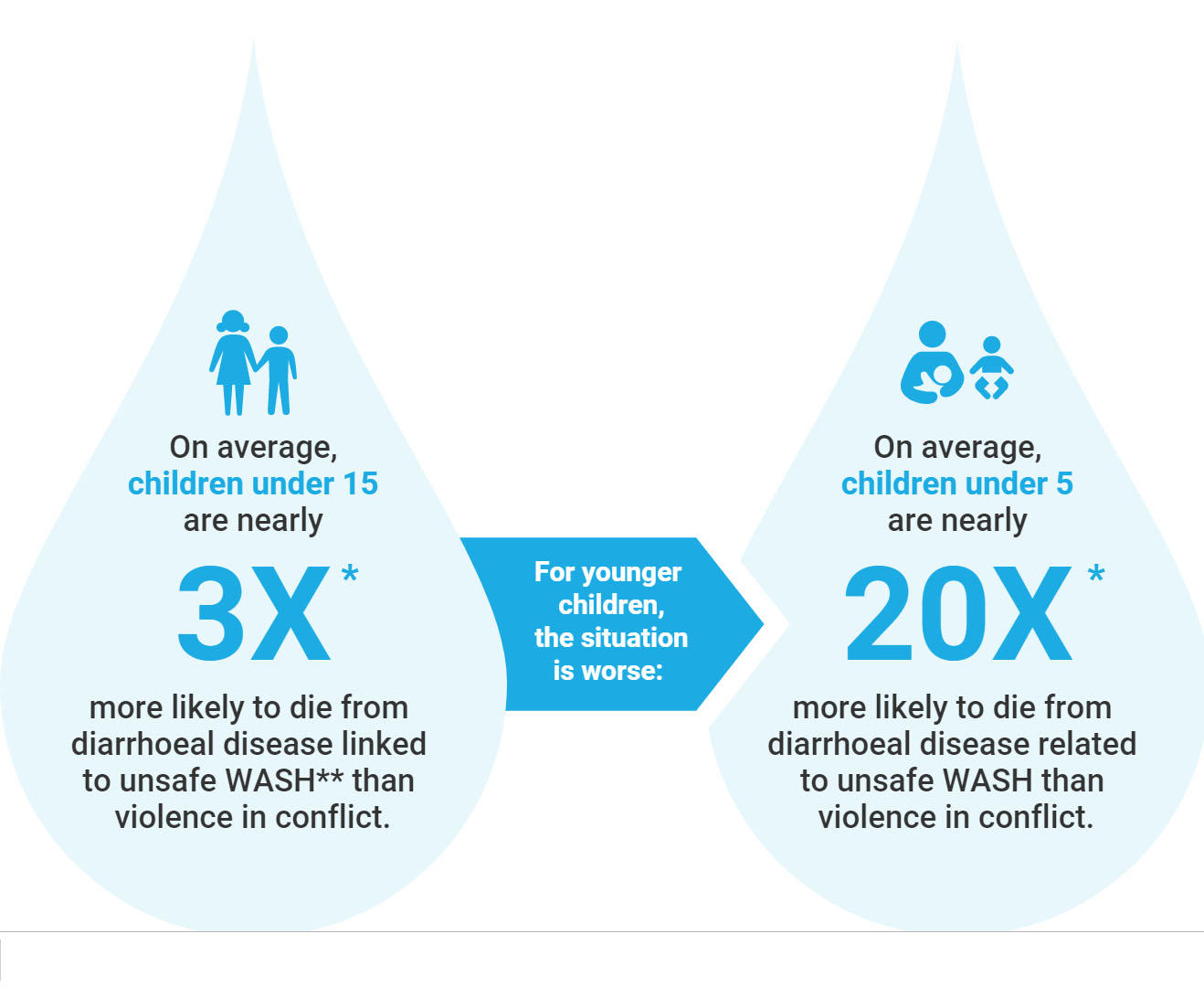Why climate change doesn’t have to be a sh*t storm
|

Here at DefeatDD, we love our home planet. We love its mountains, oceans, and rivers, and the beautiful diversity of animals and humans that inhabit it. But on Earth Day and every day, we're thinking about poop.
Everyone poops, and humans have learned throughout history how to develop a variety of sanitation systems that ensure poop and its diarrheal disease-causing germs stay away from our food and our mouths. In the process, we've learned that sanitation actually protects the environment and helps us live in greater harmony with our surroundings. By pumping waste into treatment facilities instead of dumping it into streams, rivers, and oceans, we clean up our water, prevent illness, and help plants and animals thrive. And in turn, these thriving plants and animals help feed and support people in a sustainable way.
However, climate change is threatening to change our relationship with our planet in an unprecedented way, and we have work to do. Melting ice, hotter temperatures, rising sea levels, and more extreme weather events such as floods, droughts, hurricanes, and tsunamis will alter natural habitats, put agriculture at risk, and damage vital infrastructure—such as our sanitation systems. In a natural disaster, sanitation systems can be destroyed, damaged, or flooded, causing waste water to contaminate food and drinking water sources with deadly pathogens, which can continue to prey on their victims long after the storms have passed. In fact, it is estimated that diarrheal diseases cause over 40 percent of the deaths in disaster and refugee camp settings.
For example, the 2010 earthquake in Haiti was followed by one of the worst epidemics of cholera in recent history due to water and sewage treatment failures. The outbreak is ongoing, with over 770,000 cases and over 9,200 deaths attributable to dehydrating diarrhea caused by Vibrio cholerae bacteria so far. Diarrheal diseases pose an even greater risk to communities without strong sanitation systems already in place—particularly in refugee camps and crowded megacities in the developing world. Indeed, the most dangerous storms spread not only wind or water—but also waste.
The good news, however, is that climate change is also an opportunity. By adapting to climate change, we could promote significant health and development benefits now and in the future, much like sanitation systems have done throughout history. Climate change is just one more reason why we need to act to improve water and sanitation systems now. Adaptation measures that protect us from climate variability can also create resilience to storms and floods and enhance water security, directly contributing to health and development.

Community members use the SE200 to treat borehole water in rural Zimbabwe. Photo credit: PATH.
In order to adapt, we need innovative technological practices and implementation strategies. The MSR SE200™ Community Chlorine Maker, co-developed by PATH and Mountain Safety Research® Global Health, is one such technological innovation with potential to improve access to clean water and sanitation and, in doing so, help prevent future diarrheal disease outbreaks. Chlorine is an effective method for destroying pathogenic microorganisms in water and has been shown to reduce the threat of waterborne disease and infection. Using just salt, water, and electricity to produce enough chlorine in five minutes to treat up to 55 gallons of water, the MSR SE200™ became available on the commercial market in 2015. A new, larger version that produces enough chlorine to treat 4000 gallons of water per hour—or enough for 1000 people—is currently being field tested in refugee camps in Kenya and Rwanda. Once finalized and launched, the new device will be poised for adoption by ministries of health and aid organizations for use in rural health care settings, refugee camps, or during disaster response efforts.
Our home planet sure is beautiful, and it's the only home we've got. By prioritizing, investing in, and accelerating innovations and improvements in water and sanitation systems, we can protect Planet Earth, the plants and animals we share it with, and—ultimately—ourselves.













